Optimizing Social Security Benefits: How Home Equity Can Help You Retire on Time

As a financial advisor, guiding your clients through the complexities of Social Security is key to securing their retirement. One of the most important decisions retirees face is when to start claiming their Social Security benefits. Although benefits can be claimed as early as age 62, delaying this decision often results in significantly higher monthly payments. However, this decision is not always straightforward, and factors such as health, employment status, and marital situation can all play a role in determining the optimal timing.
Understanding the tax implications and exploring alternative income strategies, such as leveraging home equity, can help you provide valuable insights to your clients. Social Security benefits are taxable, and the amount owed depends on total income. Given the market conditions today, many retirees are considering ways to maximize their Social Security payouts while minimizing taxable income.
Key Considerations for Claiming Social Security
- Will your client continue working? Claiming Social Security before full retirement age while working can result in reduced benefits.
- Are they married? Spousal benefits can be crucial in optimizing household income.
- What is their health status? Life expectancy is a key factor in deciding whether delaying benefits makes sense.
Delaying Social Security benefits generally leads to higher lifetime payouts. However, waiting can create income gaps in the interim. For clients who want to postpone Social Security while maintaining financial flexibility, home equity can serve as an effective solution.
Leveraging Home Equity for Retirement
One strategy to help clients delay Social Security benefits is by utilizing home equity. With a reverse mortgage, clients can access their home equity to supplement retirement cash flow. Since reverse mortgage proceeds are not considered taxable income, they can provide a tax-efficient way to bridge the gap, allowing Social Security benefits to grow.
Case Study: Steve and Alice
Clients: Steve (66), Alice (63)
Home Value: $1,150,000 |
Mortgage: $0
Steve plans to retire at 70, and Alice will retire at 67. Both are in good health.
Assets:
- Steve: IRA $125,000 | 401(k) $456,000
- Alice: CalPERS pension $3,745/month | Retirement annuity $174,000
- Joint investment accounts: $850,000
Monthly Expenses:
- Utilities: $350
- Property Taxes: $635
- HOA: $180
- Car Insurance: $187
- Food and Entertainment: $3,000
Total: $4,165/month
Steve and Alice plan to defer Social Security, CalPERS, and 401(k) distributions until age 71. To help bridge the gap, they applied for a reverse mortgage that offers a $371,000 line of credit. The unused balance will grow annually at 6.25%.
By age 71, Steve and Alice will have created a "perfect hedge" with an irrevocable line of credit that remains available for as long as they live in the home. With no required principal or interest payments, this strategy allows them to delay Social Security without sacrificing financial security.
As a financial advisor, helping clients optimize their Social Security benefits while preserving their home equity can significantly enhance their retirement strategy. Although using home equity is not the right solution for everyone, for those looking to maximize their Social Security payouts and maintain steady income, it can be a powerful tool. By considering all available options, you can guide your clients to make informed, confident decisions that support their long-term financial goals.
Could This Strategy Benefit Your Clients? Let’s Find Out!
Do any of your clients fit this scenario? Retirement in Reverse would be happy to provide a customized, hypothetical scenario to help you assess if this strategy could be a valuable solution. Let’s explore how we can make it work for your clients!
Retirement In Reverse offers Objective, Competent Advice to help you make informative decisions for your clients.
Furthermore, we have No Conflict of Interest, as we do not sell Financial Product, nor enter into financial planning engagements. We share your commitment to your clients’ financial stability and quality of life.



